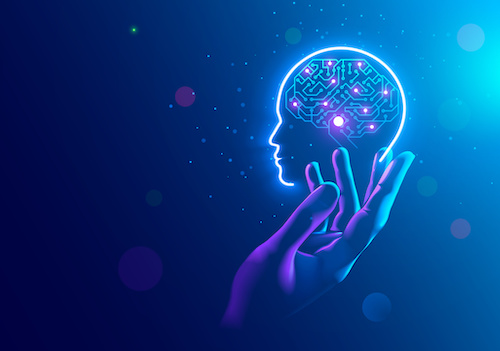Key points:
- AI will be key for transforming learning and preparing students for the workforce
- Still, many countries face equity and accessibility challenges
- See related article: Is generative AI a beacon for more accessible education?
- For more news on AI in education, visit eSN’s Digital Learning page
The emergence of artificial intelligence (AI) and its availability to the public implies a cross-cutting revolution in all areas of human activity. Like the surface of the internet, this event is profoundly transforming the way we think about creative and problem-solving processes in all industries. No other field will be more impacted in the medium and long term than education.
The application of technologies to improve the educational process, enhance the capabilities of students, and reduce inequality gaps was one of the great promises of the beginning of the XXI century worldwide.
The unfolding of technological advances does not imply an automatic upskilling of our educational models, but the need to initiate a deep engineering process towards a school and education model in line with the needs of today’s world. This means not only transforming the contents and dynamics of pedagogic practice, but also the means.
The United Nations Educational, Scientific and Cultural Organization (UNESCO) is already recognizing the potential of AI technologies for achieving its ‘Education 2030 Agenda’ and is calling its member states to harness its benefits in terms of effectiveness, personalization of the educative experience according to each child’s individual needs and development stages, and low-cost scalability for government educative institutions.
Another important reason why incorporating AI in schools is key is that AI is already reaching most industries, and having early interaction and familiarity with this kind of technology may give kids a great advantage in terms of employability against those who remain unfamiliar. However, cloud-based AI technologies designed to support the educational process require, of course, access to the internet.
Many countries still face great challenges related to connectivity and accessibility and its benefits, especially in the most geographically remote areas with the most socially vulnerable contexts.
Globally, approximately two-thirds of school-age children (1.3 billion children between 3 and 17 years old) do not have an internet connection at home, according to UNICEF and the International Telecommunication Union; in Mexico, this segment is equivalent to 24.8 percent of students. On the other hand, according to the National Survey on Availability and Use of Information Technologies in Households (ENDUTIH) 2022, published by INEGI, indicates a clear trend of higher internet use in urban areas (83.8 percent) than in rural areas (62.3 percent).
The synergy between educational facilities with reliable and high-capacity networks, plus the use of cloud-based pedagogical platforms, has the potential to enable truly functional processes of flexible or hybrid education, with face-to-face and distance processes, allowing students to access the platform anywhere on campus on their own devices, with the option of restricting access to predetermined sites.
Complementarily, equipping school transportation spaces with reliable Wi-Fi accessibility is not a minor issue, considering that most students who use some type of school transportation spend at least 45 minutes every day in their transfers, in addition to the usefulness of enabling real-time monitoring of the units in terms of security.
The International Commission on the Future of Education of UNESCO and other organizations have recently put on the table the challenge of the relevant incorporation of new technologies in the educational process, in documents such as the report “Reimagining our futures together: a new social contract for education in 2021,” where it is emphasized that taking advantage of the most recent developments in fields such as AI, neuroscience, and biotechnology will depend on “open data” schemes, optimization of connectivity, and protection of personal data.
As education systems around the world upgrade and attempt to incorporate the constructive harnessing of new AI tools into novel learning processes, developing economies are challenged to undertake this process of re-imagining educational models while addressing our connectivity and accessibility deficits to ensure that no child is left behind and unlocking the potential of high-quality education through technology.
- 4 ways to encourage play in education - April 25, 2024
- CoSN IT Leader Spotlight: Lisa Higgins - April 25, 2024
- It’s time to pay student teachers - April 25, 2024

